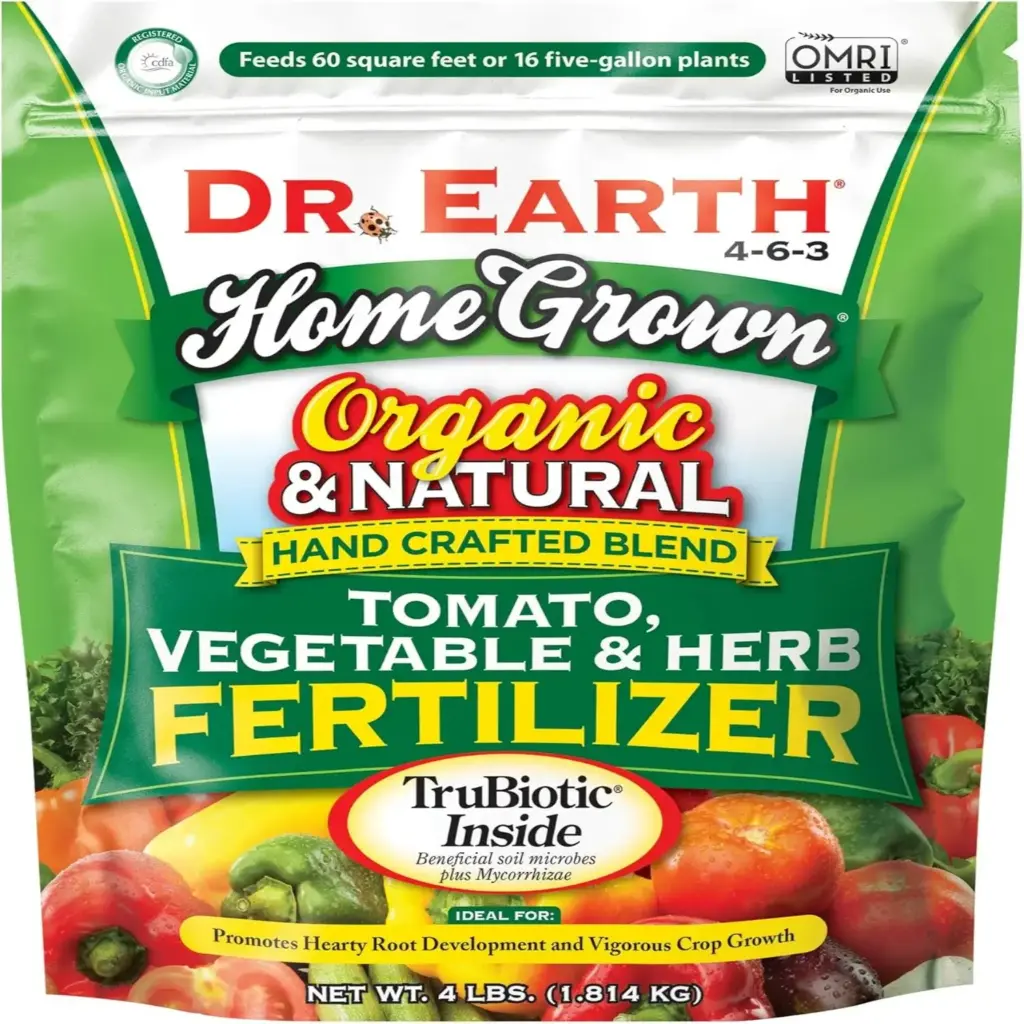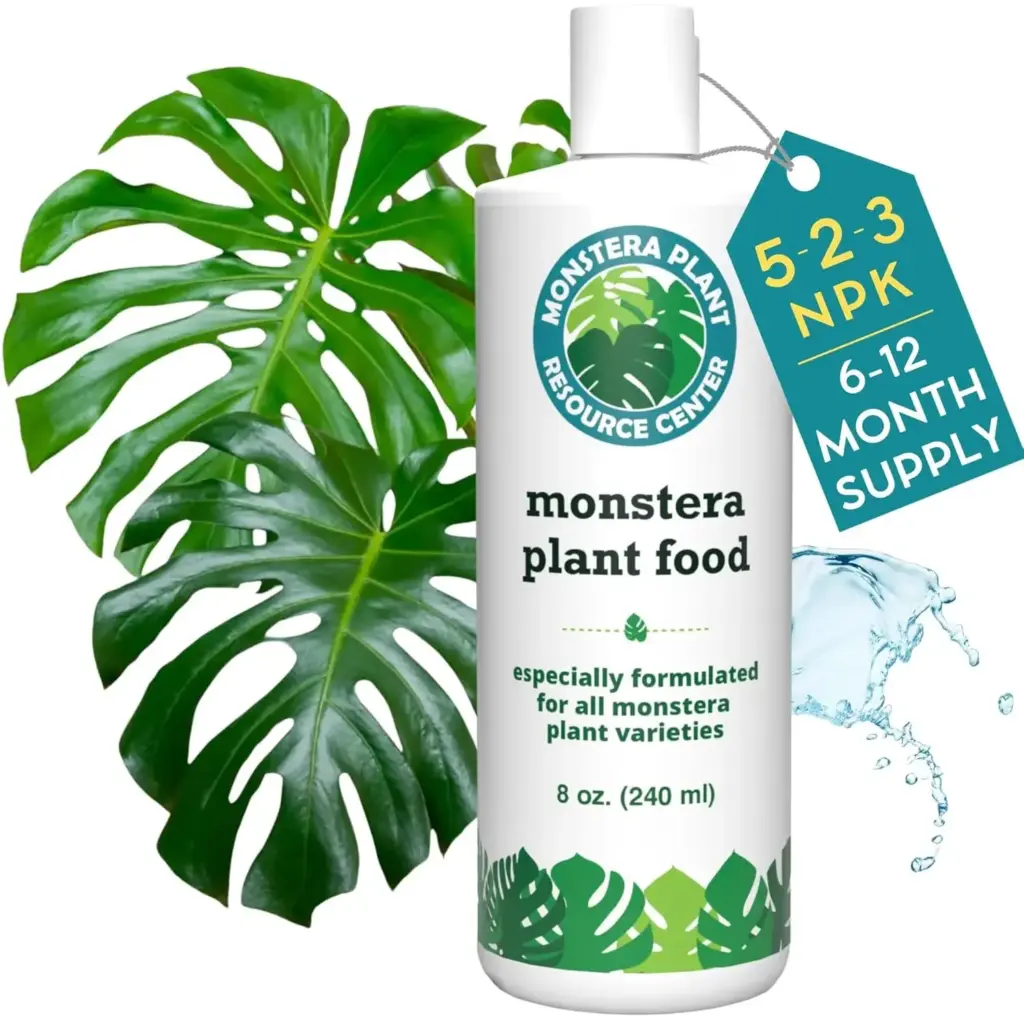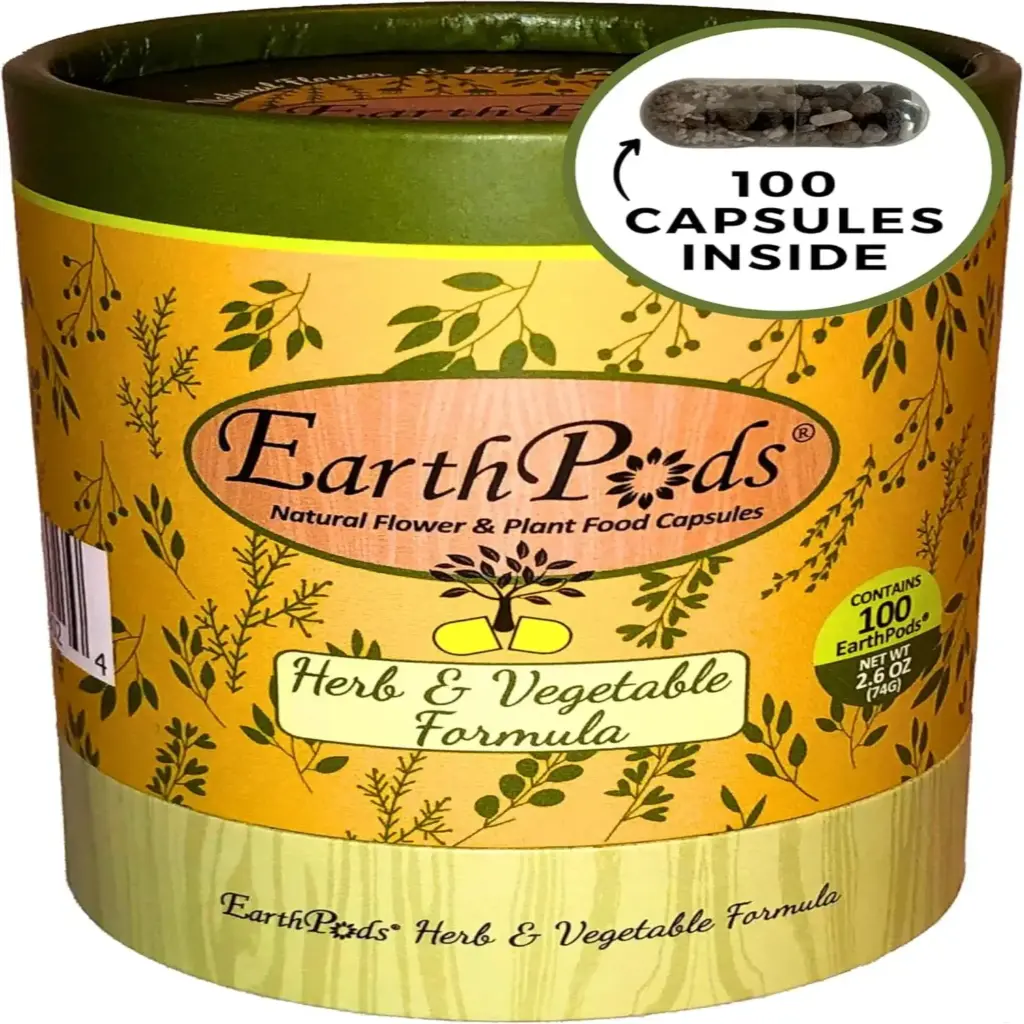Best Fertilizers for Indoor Plants: Complete Guide to Feeding Houseplants Naturally

Healthy indoor plants don’t just need light and water — they thrive on nutrients. The right fertilizer can make the difference between limp leaves and vibrant growth.
This guide explains everything you need to know about fertilizers — what they are, when and how to use them, and which products are most effective for different plants.
Why Fertilizer Matters
Plants absorb nutrients from soil, but over time, those nutrients deplete — especially in pots or raised beds where soil doesn’t naturally renew. Fertilizer replenishes essential elements to support growth, flowering, and resistance to disease.
There are three main nutrients every plant needs, often shown as the N-P-K ratio on fertilizer packaging:
- Nitrogen (N) – Encourages lush, green leaf growth.
- Phosphorus (P) – Supports root development and flowering.
- Potassium (K) – Improves water regulation and overall plant strength.
Other micronutrients like iron, magnesium, and zinc help with photosynthesis and enzyme function.
Every fertilizer label lists three numbers, like 10-10-10 or 24-8-16. For indoor plants, a balanced or slightly nitrogen-heavy mix (like 10-10-10 or 20-10-10) works best for foliage plants. Flowering houseplants, such as African violets or peace lilies, benefit from a formula higher in phosphorus (like 10-30-20).
How Often Should You Fertilize Indoor Plants?
Most houseplants grow actively between March and September. During this period, feed them every 4–6 weeks using a diluted liquid fertilizer. Reduce feeding in autumn and winter, when plants naturally slow down.
Quick tip: It’s safer to underfeed than overfeed. Too much fertilizer can “burn” roots, causing yellow leaves or crispy edges. If that happens, flush the soil with clean water and pause feeding for a few weeks.
Types of Indoor Plant Fertilizers
Different plants — and different plant parents — prefer different fertilizer formats. Here’s a breakdown of the main types and when to use each.
1. Liquid Fertilizer
The most common and flexible option for indoor plants. Simply mix with water and apply during routine watering.
- Best for: Weekly or biweekly feeding; quick absorption.
- Top Pick: Miracle-Gro All Purpose Plant Food (24-8-16) – Balanced nutrition for foliage, flowers, and herbs. Produces visible results within days.

2. Fertilizer Spikes or Sticks
Pre-measured sticks that slowly release nutrients over time.
- Best for: Busy plant owners or those who forget to fertilize.
- Top Pick: Miracle-Gro Indoor Plant Food Spikes (10-15-15) – Simple, mess-free feeding that lasts up to two months.

3. Organic Fertilizers
Made from natural ingredients like seaweed extract, worm castings, or composted matter. They feed both plants and the soil’s microorganisms.
- Best for: Eco-conscious plant parents and sensitive species.
- Top Pick: Dr. Earth Organic Fertilizer (4-6-3) – Non-GMO, chemical-free, and enriched with beneficial microbes.

4. Slow-Release Granules
Nutrient-coated granules that break down gradually with each watering.
- Best for: Larger pots or plants that prefer steady feeding.
- Top Pick: Osmocote Smart-Release Plant Food (15-9-12) – Feeds for up to 4 months; ideal for large foliage plants like fiddle leaf figs.

How to Fertilize Indoor Plants Step by Step
- Check the soil moisture. Never fertilize dry soil — water lightly first.
- Dilute liquid fertilizer to half the recommended strength, especially for sensitive plants.
- Pour slowly around the base until the soil is evenly moist.
- Avoid getting fertilizer on leaves — it can cause spotting or burns.
- Wipe away residue from pots and saucers to prevent salt buildup.
Pro gardeners often rotate between liquid and organic fertilizers for long-term soil health and strong roots.
Common Signs of Nutrient Deficiency
- Yellowing leaves: Low nitrogen.
- Weak or stunted growth: Low phosphorus or general nutrient depletion.
- Dull color or limp foliage: Lack of potassium.
- Brown tips: Possible salt buildup or over-fertilization.
If you see these symptoms, refresh the soil, reduce feeding frequency, and switch to a balanced formula.
Best Fertilizers by Plant Type
Expert Tips for Fertilizing Indoor Plants
- Use room-temperature water when mixing fertilizer. Cold water can shock roots.
- Feed in the morning to give plants all day to absorb nutrients.
- Wipe leaves monthly — dust can block photosynthesis and nutrient use.
- Repot every 1–2 years to refresh the soil base.
- Alternate between synthetic and organic fertilizers to maintain both fast growth and healthy soil biology.
Final Thoughts
Fertilizing indoor plants isn’t complicated — it’s about consistency and balance. Feed regularly during growth seasons, choose the right fertilizer for your plant type, and keep the soil healthy.
With just a bit of attention, you’ll notice deeper green leaves, steady new growth, and — most rewarding of all — happier, more resilient plants.
Related Reading




